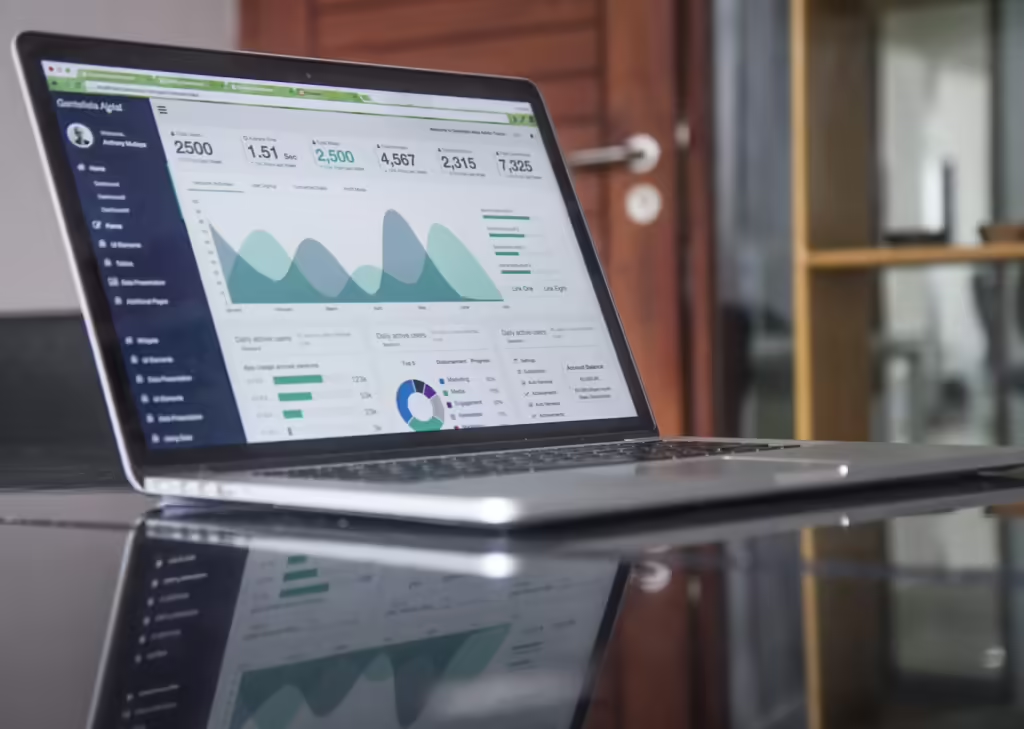8 Best Practices for Managing SaaS Contracts & Agreements

Using best practices for SaaS contracts offers technology leaders both a challenge and an opportunity. The challenge is finding and identifying contracts, looking for crucial details that empower SaaS management, and documenting these details.
However, as soon as these details are stored in a SaaS management platform and other record-keeping systems, they offer you a holistic view of cloud-based software.
What is a SaaS Agreement?
A SaaS agreement stands for software as a service agreement. It is often issued by the SaaS vendor, laying out the terms and conditions of a particular software delivery model offered to the client.
The software is accessed, and data is stored centrally on the cloud via the off-premise servers the vendor manages in this cloud delivery model. Check out these lead generation strategies for SaaS businesses.
Now that you know the basics, we’ll walk you through eight best practices when you manage SaaS contracts and agreements:
1. Look up the SaaS agreement and contract details
When it comes to new SaaS agreements, it’s essential to follow best practices. For instance, a clm software empowers you with end-to-end automation throughout your contract management process.
Ideally, it would help if you searched for existing SaaS applications and reviewed their respective contracts to bring results to the surface. After you have the much-needed visibility, you can then manage SaaS contracts properly to maximize your business’ value.
2. Create a system of record
Although decentralization helps a company scale, it can also hurt you if you aren’t organized. Renewals can easily slip through the cracks, and you might spend your budget on products your employees don’t use.
Or you can start organizing products in a spreadsheet that includes the following for every product:
- Current spend
- Stakeholders
- Renewal dates of the contract and the expected spend of the renewal
- Email address of the sales rep or account manager
- A high-level overview of functionality and usage
By being systemic when tracking and organizing your SaaS applications, you can quickly identify any product overlap and then monitor your spending. It’s a fantastic opportunity to stay on top of data security and periodically address internal security needs compared to what the SaaS provider offers.
In the same way, it allows leaders to think strategically, focusing more on building teams and products, and not worrying so much about SaaS contract management.
3. Evaluate SaaS contract details and agreements
A general evaluation of the application helps evaluate SaaS agreements. But you have to make sure to look for the following:
- The category and function of an application
- Application ownership (business unit, contract owner)
- Length of the term (start date, end date, renewal date)
- Total contract value (platform and implementation costs, billing frequency, mode of payment)
- Billable consumption metrics
- The total amount of licenses
- Details regarding data and privacy regulations
4. Decide if you need a click-through agreement, an enterprise contract, or both
Approximately one-third of employees buy SaaS applications for business use in any given organization. Usually, these purchases, which are usually accounted for through expense reimbursement requests, makeup half of all SaaS applications in enterprise IT environments.
The difference between an agreement for an employee-purchased app and a negotiated and vetted contract emphasize the importance of having to review all SaaS application agreement details.
Also, when it comes to contract optimization, an application that’s employee acquired doesn’t just exist as a shadow IT (or an application is known to IT but relies on a click-through license agreement. Although a click-through itself isn’t necessarily problematic, it doesn’t have the protection of a negotiated enterprise contract for the same application.
5. Offer a choice between onsite and remote implementation
We know that the world is shifting towards remote implementation and offsite teams. It is primarily due to enhanced communication technology, partly because of the pandemic.
This is all great if you’re selling a simple SaaS system that doesn’t need complicated implementations or you have to juggle with different groups of stakeholders.
But if this isn’t the case, you should provide a choice between onsite and remote. Doing so will differentiate you from other providers. Customers will also appreciate that you’re willing to visit them, even if they opt for a remote implementation to keep the costs low.
6. Get 90 days ahead of renewals
Some people wait until the last minute for the provider to tell them that the product is up for renewal. And if it’s still set to auto-renew, many suppliers won’t give you the courtesy. The problem is that suppliers are unlikely to give you enough notice at the end of your contract to provide you with enough time to evaluate and install an alternate contract.
More often than not, this isn’t an accident. Most SaaS companies know that you’re busy. It’s not in their best interests to provide you with opportunities to look at the time you’re spending with them or figure out whether this is a suitable investment.
You must stay proactive, getting at least 90 days ahead of the contract date. Give yourself enough time to understand the future costs and evaluate other suppliers if needed.
7. Monitor usage
Before you renew a software license-based contract, you must know who needs it first. The last thing you want is sending stakeholders on a wild goose chase, tracking down team members to see if they need every tool you renew.
A great rule of thumb before you renew is to ask the supplier to come up with a three-month usage report. This includes who has previously used your product over the last three months and how often they use it.
8. Invest in relationships
There might be a time when you have to leverage a logo, customer testimonials, or co-marketing efforts for a more favorable rate.
Whether this is an app or an essential infrastructure from which your team gets a lot of value, you need to invest in the right supplier relationships.
Over to You
So there you have it. The following practices help companies better grasp their SaaS contract management. Every time you save yourself and your company from a lot of headaches and money is a win. So, ensure these SaaS contract best practices are essential to your company’s business model. Good luck!




